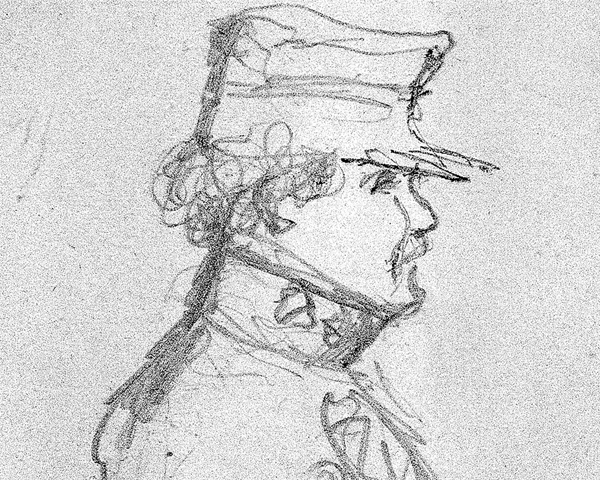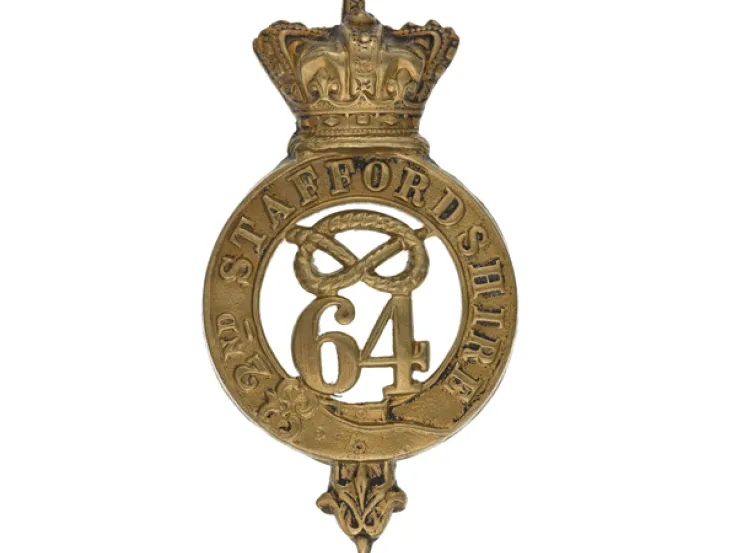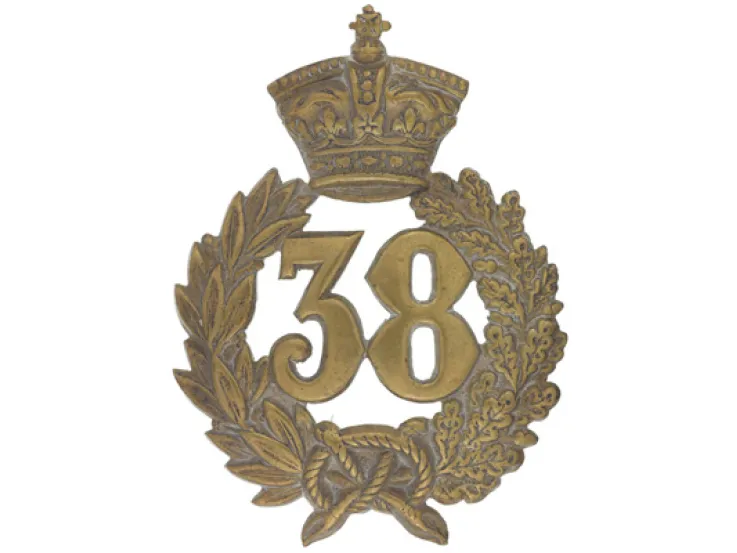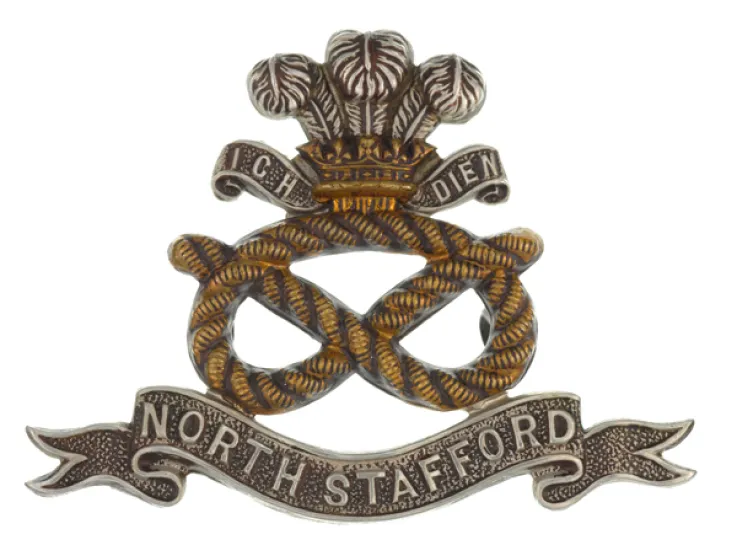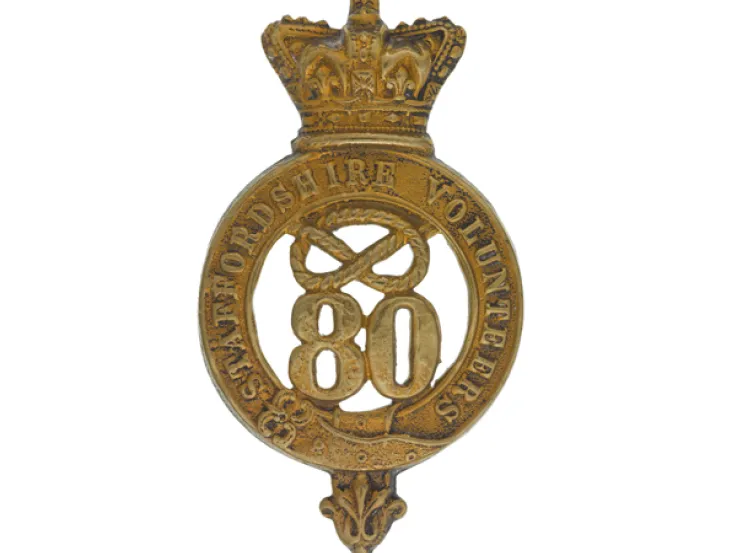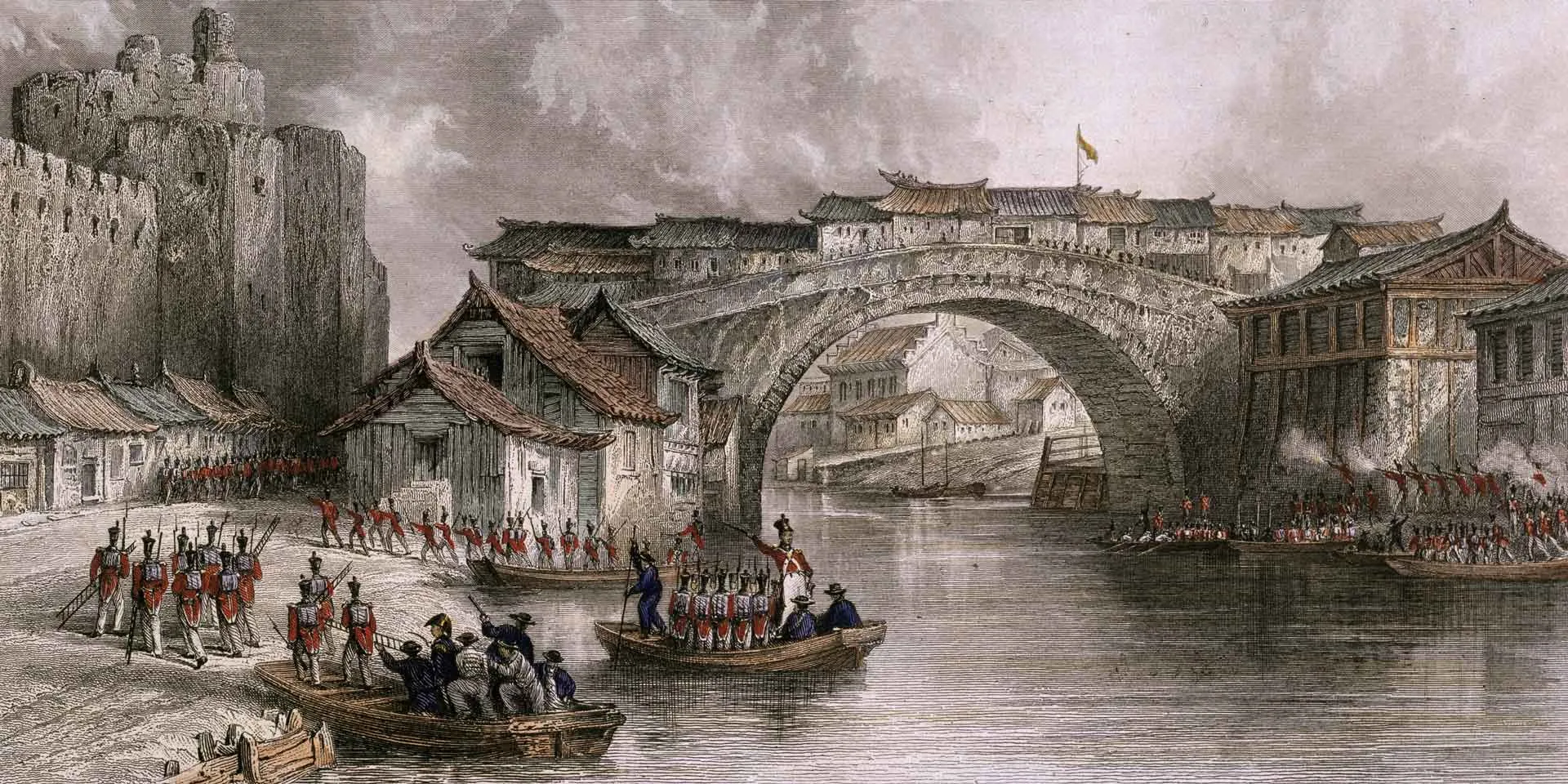
Troops landing at Chinkiang, China, July 1842
Origins
This regiment lasted fewer than 60 years as an independent unit. It was formed in Chichester by Lieutenant-Colonel Mildmay Fane in 1824. It was the sixth regiment to be numbered 98, but had no links to any of the earlier units.
A year after its formation, it was sent to South Africa for 12 years, where its role was mainly to guard the white settlers. Police duties in northern England followed from 1837 to 1842, most notably keeping order during the Chartist political unrest.
China
Its next overseas posting was to China during the First China War (1840-42), where it was commanded by Sir Colin Campbell. It fought at Chinkiang (Zhenjiang) and the advance on Nanking (Nanjing) in 1842.
The regiment lost 60 per cent of its strength during the conflict, mainly to heatstroke and disease. But it gained the honour of adding a dragon to its badge.
India
From China, it moved straight to India, where it remained until 1855. This included service in the Punjab during the Second Sikh War (1848-49).
After two years in England, the regiment returned to India in 1857. Although it saw no active service during the Indian Mutiny (1857-59), it did join the Sittana Field Force in 1858 to suppress a revolt on the North-West Frontier.
It spent 1867 to 1873 back on policing duties in England and Ireland. Then, at the end of this period, it sailed to Barbados.
In 1875, the regiment moved to Malta. It arrived in time for a visit by the Prince of Wales (the future King Edward VII) the following year. It was granted the title ‘Prince of Wales's’ later that year in recognition of the duties it performed during his visit.
Legacy
It moved to India again in 1880. The following year, it was merged with the 64th (2nd Staffordshire) Regiment of Foot to form The North Staffordshire (Prince of Wales’s) Regiment.
Regimental museums
The National Army Museum works with a network of Regimental and Corps Museums across the UK to help preserve and share the history and traditions of the Army and its soldiers.
Discover more about the 98th (The Prince of Wales’s) Regiment of Foot by visiting The Staffordshire Regiment Museum in Lichfield.



